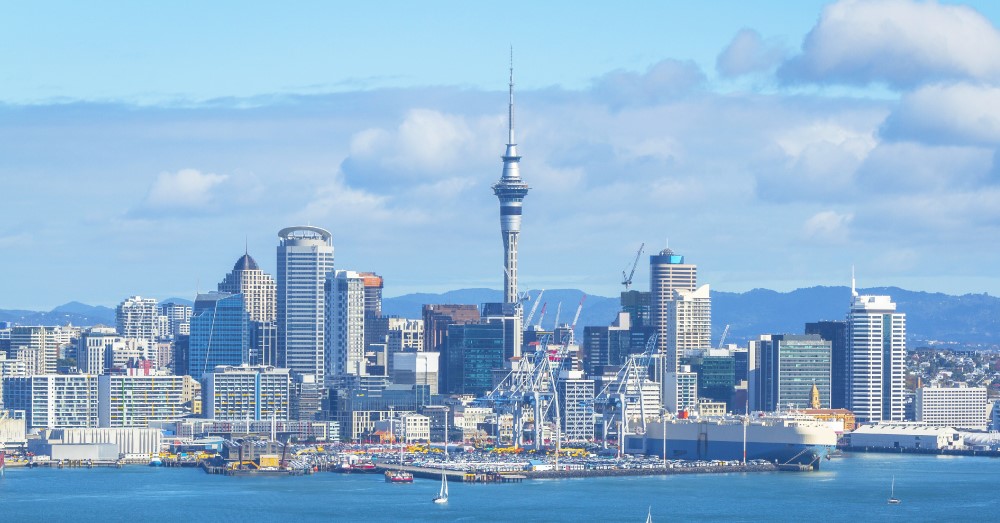Medicines Regulations 1984 and Medicines Act 1981
Medical Device Regulations in New Zealand
In New Zealand, the New Zealand Medicines and Medical Devices Safety Authority (Medsafe) oversees the regulation of medical devices, ensuring their safety, quality, and post-market surveillance. These regulations are governed by the Medicines Regulations 1984 and the Medicines Act 1981.
The streamlined and transparent registration process makes entering the New Zealand market attractive for manufacturers. By meeting Medsafe's requirements, manufacturers can gain access to a healthcare market that values safety and innovation.
New Zealand’s healthcare system is highly developed, with a growing demand for innovative medical technologies. Healthcare professionals are open to adopting new technologies that enhance patient care and outcomes, making New Zealand an excellent market for forward-thinking medical device companies.
If you're ready to enter the New Zealand market, Qserve can guide you through the regulatory process, help you navigate Medsafe's requirements, and ensure successful registration.

GO-TO-MARKET STRATEGY AND REGISTRATION SUPPORT
Do you need assistance with your strategy to comply with New Zealand Medical Device Regulations?
CONTACT US
Medical Device Regulation in New Zealand
Classification of Medical Devices in New Zealand
New Zealand classifies medical devices using a risk-based approach closely aligned with the EU and the FDA systems. Devices are categorized into the following risk classes:
- Class I: Low risk
- Class IIa: Low-to-moderate risk
- Class IIb: Moderate-to-high risk
- Class III: High risk
The classification depends on factors such as the intended use, duration of contact with the body, and the invasiveness of the device. Manufacturers must carefully determine their device's risk class to ensure compliance with Medsafe regulations and select the appropriate registration pathway.
Key Considerations for Classification
- Intended Purpose: How the device is designed to be used, including any medical claims.
- Invasiveness: Whether the device interacts with sterile areas of the body or the central circulatory system.
- Duration of Use: Whether the device is used temporarily, short-term, or long-term.
Meeting these classification requirements ensures the device complies with New Zealand's safety and quality standards, promoting confidence in the healthcare system.
New Zealand’s healthcare sector highly values innovative and safe medical technologies. Devices that align with these principles are compliant and well-received by healthcare professionals focused on improving patient outcomes.
Approval Process in New Zealand
Registration Process
In New Zealand, all medical devices must be registered in the Web-Assisted Notification of Devices (WAND) database within 30 days of being supplied to the market. Before registration, manufacturers should ensure all necessary documentation is prepared to demonstrate the safety and effectiveness of the product, as Medsafe may request this information during the process.
Unlike other countries, New Zealand does not require a comprehensive pre-market review of registration documents. Instead, a database notification and a declaration under Section 7 of the Medicines (Database of Medical Devices) Regulations 2003 are sufficient to bring products to market.
Many manufacturers opt to conduct parallel registrations in Australia and New Zealand, leveraging EU or US technical documentation. This approach streamlines the process and ensures compliance with both countries' regulatory frameworks, given the alignment between New Zealand’s Medsafe and Australia’s TGA requirements.
Why Choose New Zealand?
New Zealand’s streamlined process and reliance on international certifications make it an attractive market for manufacturers seeking efficient regulatory pathways. By leveraging existing documentation, manufacturers can access the market without the extensive pre-market scrutiny required in other regions.
Qserve can support you throughout the process, ensuring your WAND registration is completed efficiently and that all necessary documentation aligns with Medsafe’s requirements for a seamless market entry.